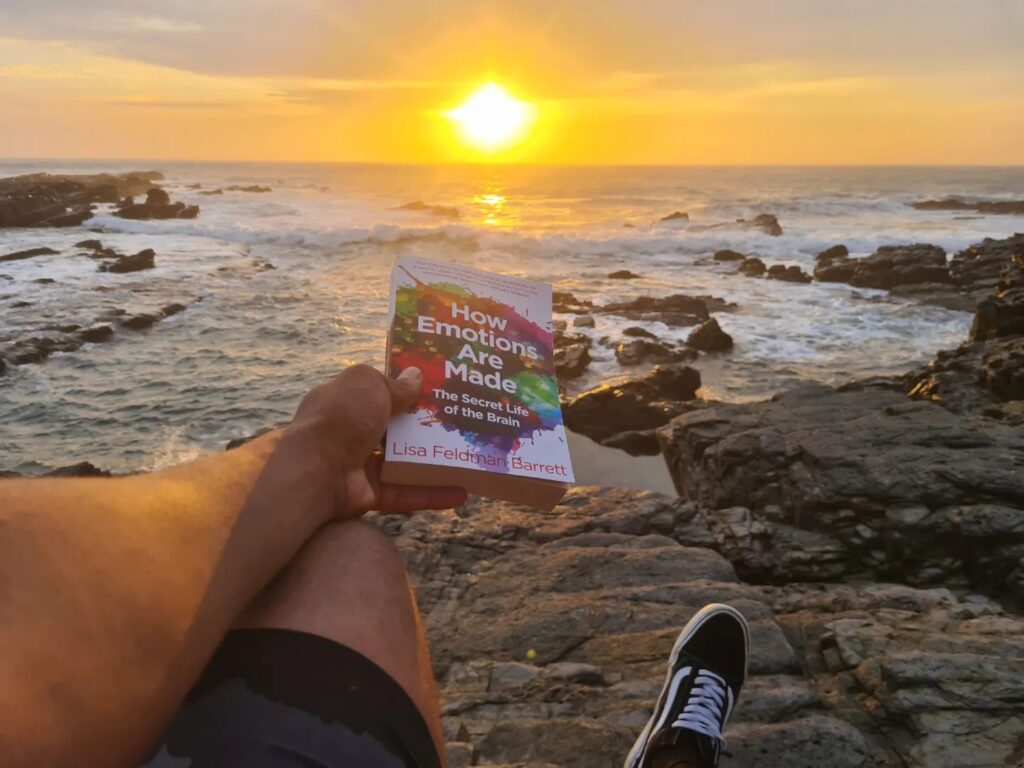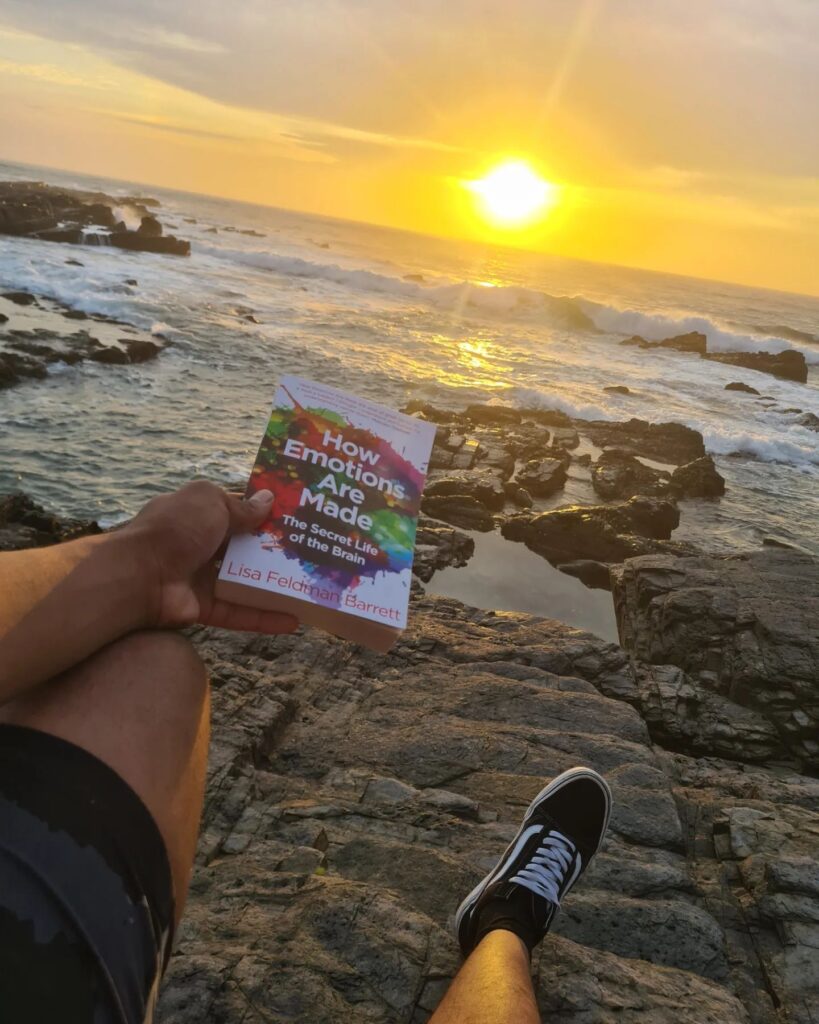
How Emotions are Made: A Simple Conversation About a Complex Topic
Let me tell you about this book I’ve been reading called How Emotions are Made by Lisa Feldman Barrett. It’s one of those books that makes you rethink a lot about how we understand our feelings. It was actually a gift from my friend Marlise, who’s not just a great hiking buddy but also someone who really understands my love for books and digging into the science of the mind.
You see, I’ve been fascinated by psychology and neuroscience for years. Ever since I picked up books like Anxious by Joseph LeDoux, I’ve been hooked on trying to understand how our brains work. It’s been a lifelong project of mine, almost like a hobby, but with a much deeper purpose. I’ve always wanted to understand myself better, and these concepts rooted in psychology have been a big part of my life. They’ve helped me face down some pretty tough demons over the years—some I’ve beaten, some I’m still wrestling with—but the knowledge I’ve gained has been invaluable for my self-development.
So, back to the book. How Emotions are Made isn’t your typical self-help book. It doesn’t just tell you how to deal with your emotions; it gets into how those emotions are actually made. Have you ever seen that Pixar movie Inside Out? You know, the one where the little girl has emotions like Joy and Fear running around in her head, making decisions for her? It’s a cute way to think about emotions, but Barrett argues that this isn’t really how things work. According to her, emotions aren’t little characters living in our heads, reacting to what happens around us. Instead, our brains actually create emotions from scratch, kind of like a chef making a dish with whatever ingredients are at hand.
Barrett gets into the nitty-gritty of how this works. She explains that there isn’t a specific part of the brain that’s in charge of any one emotion. So, for instance, there isn’t a “sadness spot” or an “anger center.” Instead, our brains are more like supercomputers, constantly running calculations based on everything we’ve experienced and everything our senses are picking up right now. These calculations help the brain decide what emotion to “cook up” in any given moment.
One of the key ideas in the book is something called “interoception.” Now, I know that’s a big word, but it’s really just a fancy way of talking about how our brain keeps track of what’s happening inside our body—like our heartbeat, breathing, or even those stomach growls when we’re hungry. Barrett explains that our brain uses all this internal information, along with what’s going on around us, to create emotions. It’s like how a good cook can taste a dish and know just what to add to make it perfect.
Barrett also touches on something called “affects,” which are our brain’s basic thumbs-up or thumbs-down signals—pleasure or displeasure. These simple feelings guide everything else we do, helping our brain figure out the best course of action. So, emotions aren’t just reactions to what’s happening around us; they’re more like our brain’s way of keeping us on track, kind of like a GPS recalculating the route when we take a wrong turn.
One of the most interesting parts of the book is how much culture influences our emotions. Barrett talks about how different cultures might experience and express what we call “sadness” in completely different ways. From the moment we’re born, we learn these cultural rules about emotions, like being handed a recipe book on how to feel. But here’s the thing—just like with recipes, we’re not stuck with the same old dishes. We can learn new ones, tweak the ones we’ve got, or even come up with our own.
In the end, Barrett argues that understanding how our emotions are made gives us the power to manage them better. It’s like being in the kitchen with a bunch of ingredients—you can either let things cook themselves and hope for the best, or you can take control and make something really tasty.
For me, this book has been eye-opening. It fits right into the puzzle of understanding myself better, something I’ve been working on for years through therapy and all the psychology books I’ve read. It’s helped me realize just how much power we have over our emotions, and how, with the right tools, we can handle them better. The more we understand how our emotions are made, the better we can be at managing them, and that’s something that can make a real difference in our lives.
So, whether you’re just curious about why you feel the way you do or you’re on a journey to better understand yourself, like I’ve been, this book is a great companion. It’s a reminder that we’re not just passengers on this emotional rollercoaster—we’re also the ones building the track.

